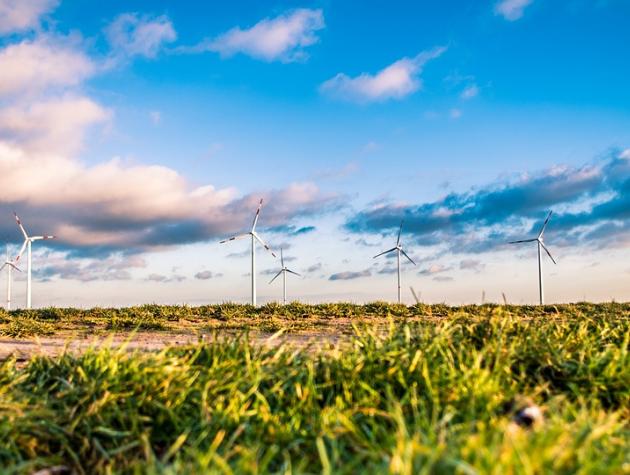Beyond national climate action: the impact of region, city, and business commitments on global greenhouse gas emissions
Acknowledging the critical role of non-state and subnational actors (NSAs), such as regions, cities and businesses, in climate change mitigation, this research article quantifies the net aggregate impact in 2030 of commitments by individual NSAs to reduce greenhouse gas (GHG) emissions.
The analysis was conducted for NSAs operating within ten major emitting economies that together accounted for roughly two-thirds of global GHG emissions in 2016. The authors' assessment includes 79 regions (eg subnational states and provinces), approximately 6,000 cities and nearly 1,600 companies with a net emissions coverage of 8.1 GtCO2e/year, or a quarter of the ten economies’ total GHG emissions in 2016. The analysis reflects a proposed methodology to aggregate commitments from different subnational and non-state actors, accounting for overlaps.
The authors find that if individual commitments by NSAs in the ten high-emitting economies studied are fully implemented and do not change the pace of action elsewhere, projected GHG emissions in 2030 for the ten economies would be 3.8%–5.5% lower compared to scenario projections for current national policies. On a country level, the full implementation of these individual commitments alone could result in the European Union and Japan overachieving their nationally determined contributions (NDCs), while India could further overachieve its unconditional NDC target. In the United States, where the national government has rolled back climate policies, NSAs could become a potential driving force for climate action.







